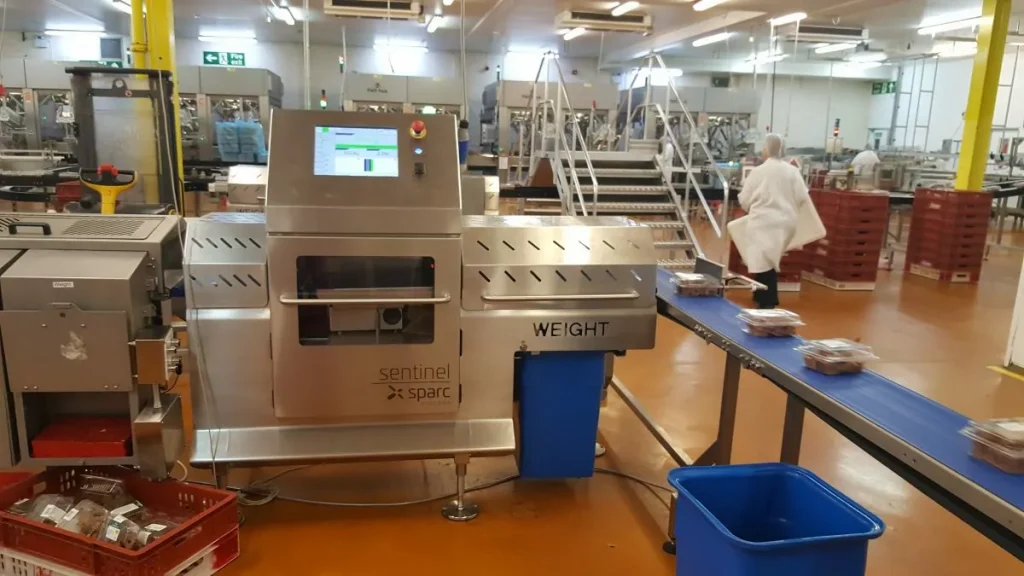X-rays in the food industry. How does it work?
2022-12-24

On November 8, 1985, a German physicist named Wilhelm Conrad Roentgen discovered X-rays while conducting tests with an electricity generator. These rays were capable of penetrating organic materials such as paper, wood and human skin, but they did not do so with materials such as lead. Röntgen used his wife’s hand and a lead hoop to print the first photographic plate.
The first applications of this radiation were in the field of medicine, but they quickly spread to different areas such as the one that concerns us: the use of x-rays in industrial machinery.
In the food industry, X-rays are used to:
– Visualize the inside of packaged products and detect faults, impurities or residues of external materials in food in time.
– Check the condition of the containers and the existence of possible irregularities in the sealing.
– To help the preservation of food, since there are certain organisms that do not resist exposure to X-rays and their elimination lengthens the shelf life of these products.
Currently there are hundreds of models of industrial x-ray machines, since it is the most widespread method when it comes to making a non-destructive control of the material. This industrial x-ray machinery is not only capable of analyzing up to 800 products per minute (depending on the sample size), but also leaves a permanent record of it to be able to observe any specific anomaly at any time.
But is X-ray food inspection safe?
Radiation exposure in the food industry is extremely low, for example, an airplane pilot is more exposed to this radiation than any operator operating an X-ray control machine.
It should be noted that the strict controls in the manufacture of X-ray inspection equipment are, exceptionally, much more exhaustive compared to industrial equipment for other purposes such as, for example, end of line or weight control. On the other hand, the US FDA (Food and Drug Administration) shows daily with reports that, to date, there is no adverse effect from ingesting foods that have been inspected using this system.
So, based on everything mentioned above, we can affirm that X-ray inspection is harmless, it only improves safety and does not affect the quality of food at all; in fact, consumers themselves claim that there is no change in taste or texture in the food.




